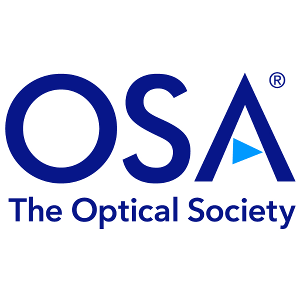Microscopic Engine Powered by Critical Demixing
Falko Schmidt, Alessandro Magazzu, Agnese Callegari, Luca Biancofiore, Frank Cichos & Giovanni Volpe
APS March Meeting 2018, Los Angeles (CA), USA
5-9 March 2018
During the last few decades much effort has gone into the miniaturization of machines down to the microscopic scale with robotic solutions indispensable in modern industrial processes and play a central role in many biological systems. There has been a quest in understanding the mechanism behind molecular motors and several approaches have been proposed to realize artificial engines capable of converting energy into mechanical work. These current micronsized engines depend on the transfer of angular momentum of light, are driven by external magnetic fields, due to chemical reactions or by the energy flow between two thermal reservoirs [1-5]. Here we propose a new type of engine that is powered by the local, reversible demixing of a critical binary liquid. In particular, we show that an absorbing, optically trapped particle performs revolutions around the optical beam because of the emergence of diffusiophoresis and thereby produces work. This engines is adjustable by the optical power supplied, the temperature of the environment and the criticality of the system.
References:
1. P.A. Quinto-Su, Nat. Comm. 5 (2014).
2. V. Blickle et al., Nat. Phys. 8 (2012).
3. I.A. Martinez et al., Nat. Phys. 12 (2016).
4. S.L. Neale et al., Nat. Mater. 4 (2005).
5. A. Argun et al., arXiv preprint (2017)
Session R57: Active Matter I
8:00 AM–11:00 AM, Thursday, March 8, 2018
LACC Room: 518
Sponsoring Units: GSOFT DBIO GSNP
Chair: Paulo Arratia, Univ of Pennsylvania
